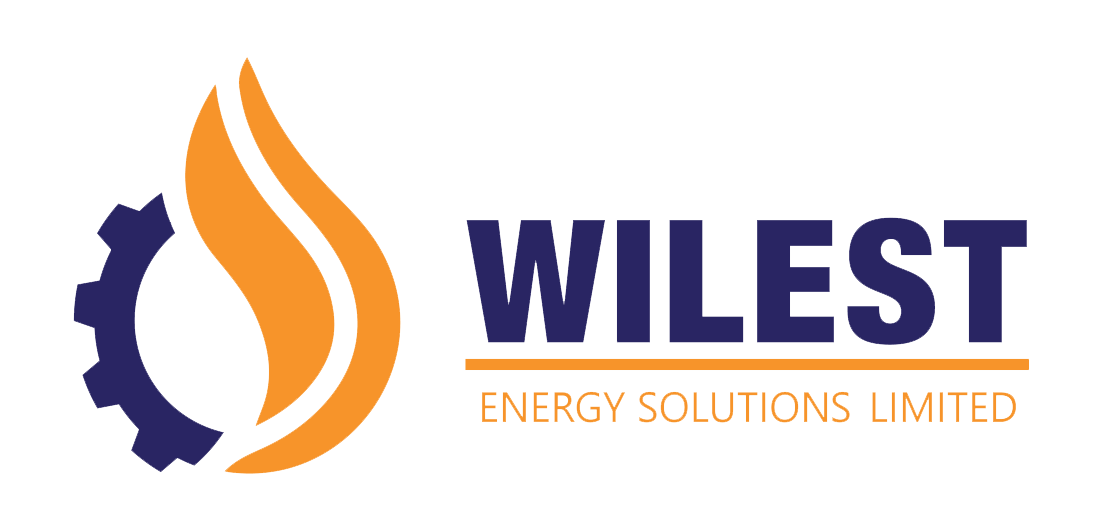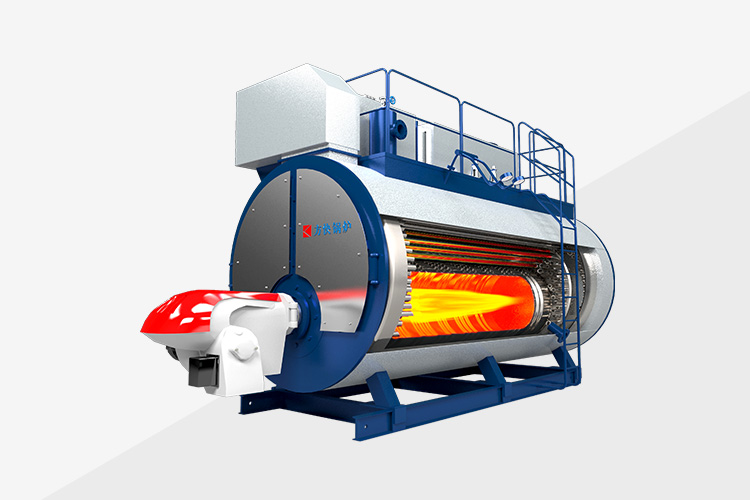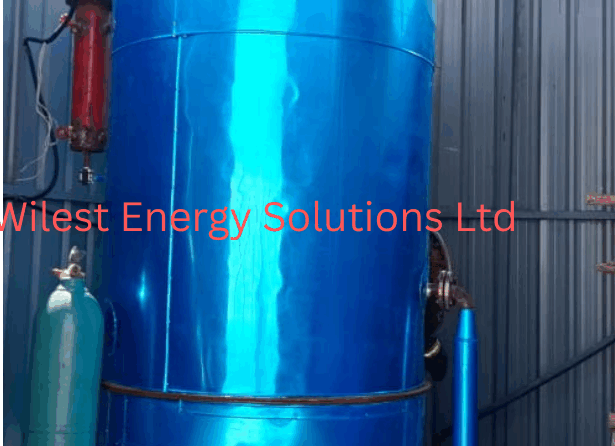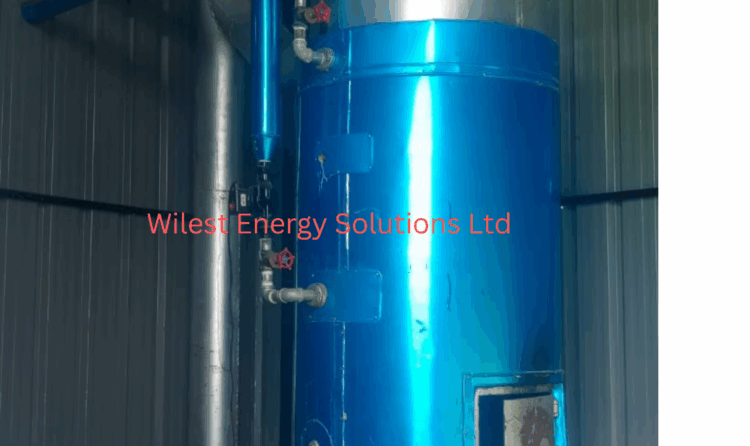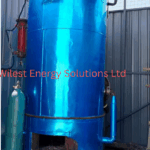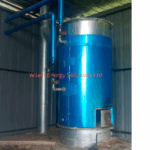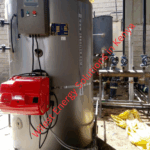How does A Boiler work Step By Step?
Boilers are essential in many industries, including agriculture, manufacturing, and construction, as they provide the necessary steam to power equipment and processes. In Kenya, boilers are widely used in industries such as textile, food processing, and pharmaceuticals. This article will provide an overview of how boilers work in Kenya, step by step.
Step 1: Fuel Source
The first step in the operation of a boiler is to select the fuel source. The most common fuels used in Kenya are coal, gas, and oil. In rural areas, firewood and charcoal may also be used. The fuel is stored in a bunker or tank, ready to be fed into the boiler when required.
Step 2: Combustion
The fuel is burned in a combustion chamber, which creates heat. The heat generated is then transferred to the water that is held in a separate chamber.
Step 3: Water supply
Water is supplied to the boiler through a feed pump. The water is then heated by the heat generated by the combustion process, converting it into steam.
Step 4: Steam generation
As the water heats up, it creates steam. The steam produced is at high pressure and temperature, and it is collected in the steam drum. The steam drum separates the steam from the water, allowing the steam to be used for various purposes.
Step 5: Distribution
The steam is distributed to various parts of the plant through pipes. The steam can be used to power equipment or for heating purposes.
Step 6: Condensation
After the steam is used, it needs to be converted back into water so that it can be reused. This is done through a process called condensation. The steam is condensed back into water by passing it through a heat exchanger.
Step 7: Disposal
The condensed water, also known as condensate, is either disposed of or reused. In some cases, the condensate is fed back into the boiler to be used as feedwater.
Boilers are critical in many industries, and they play a crucial role in the Kenyan economy. Boilers in Kenya work by burning fuel to produce heat, which is transferred to the water to produce steam. The steam is distributed through the plant to power equipment or provide heat, and the condensate is either disposed of or reused. By understanding how boilers work, companies can ensure their boilers operate efficiently and safely.
